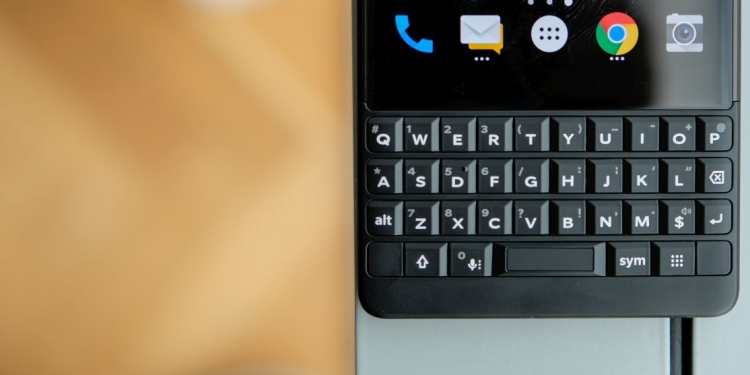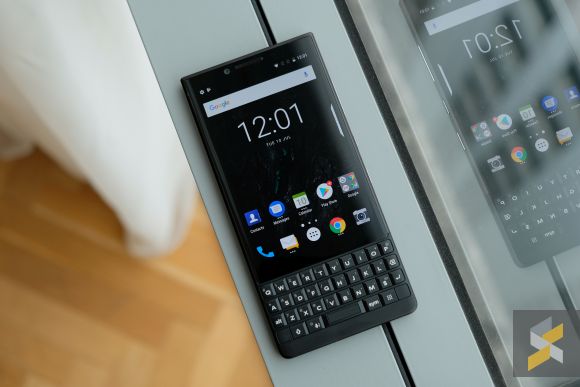You wouldn’t believe the debate we had in the office when we saw BlackBerry bring back the physical keyboard on an Android smartphone. On one side it was “why would you ever need a physical keyboard?” while the other was “omg you can’t beat a physical keyboard”.
It went on for hours but I think we settled on the fact that there were pros and cons for each. I was a little on the fence because I’m usually someone who prefers tactility over the absence of one. Then, I got to spend a good chunk of time typing on the BlackBerry KEY2 during the launch event and what I discovered was: The physical keyboard should have stayed dead.
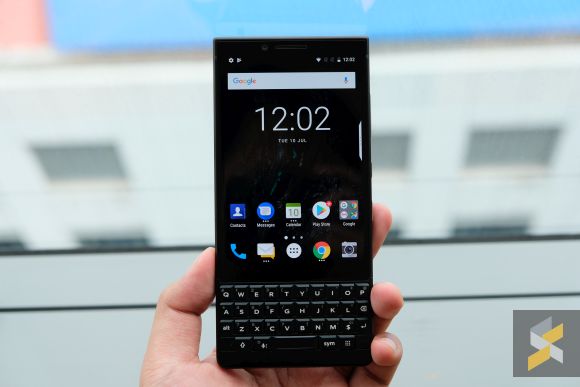
In a world where manufacturers are actively trying to get rid of bezels and make screens as big as possible, not only did BlackBerry go against convention, they took convention and threw it into the rubbish bin. Not only does the KEY2 have fat bezels and a small screen, but the phone also features a physical keyboard — like a device out of time.
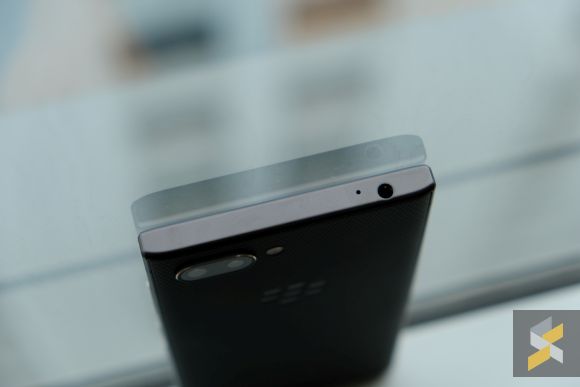
I suppose you could call it refreshing, and it is to an extent. Much like its predecessor, the KEYone, the phone you end up with is one that’s wildly different from pretty much anything else out right now. If you put it in a desk next to some of the other smartphones on sale today, there is no mistaking which device is your BlackBerry KEY2.
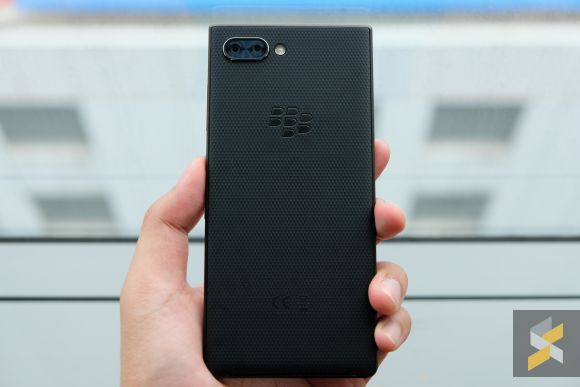
But while I love refreshing, I just can’t get behind that physical keyboard. I didn’t get to spend a whole lot of time with BlackBerry’s physical keyboards — not their Android phones nor the original BBs — so I couldn’t really form a solid opinion about them. During my brief experiences, I found the PRIV’s keyboard to be too mushy and dissatisfying. The KEYone’s was better but it still didn’t sell me on the idea.
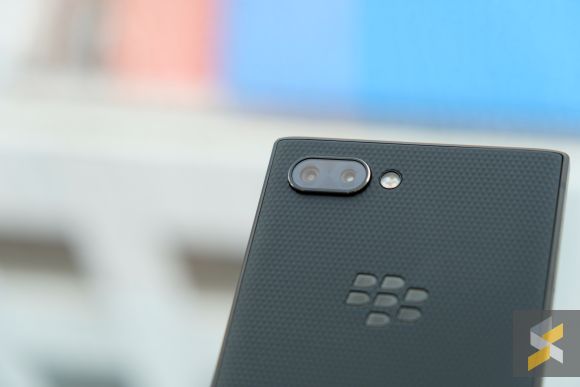
Then the KEY2 launched in Malaysia and it was the longest I got to spend with BlackBerry’s idea of what the keyboard should be like. This new one has 20% taller individual keys and a new matte finish compared to the company’s conventional shiny keys. It was supposed to give the phone a better typing experience but honestly, I didn’t like it at all.
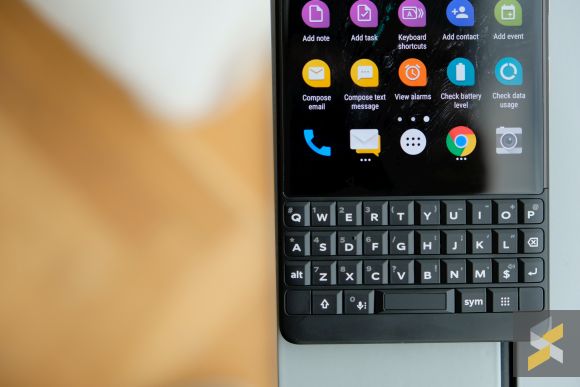
The new matte texture made the swipe up on the keyboard to insert word function that BlackBerry introduced with the PRIV much less responsive. I found myself being forced to swipe multiple times before the keyboard registered my motion. Maybe it was the particular unit I had with me, but it was a pain and definitely not something I experienced with the PRIV or KEYone.
Tactility on the new keyboard feels a little different thanks to the new texture too. Keys feel a little mushier than what I remembered the KEYone’s felt like and that was disappointing too.
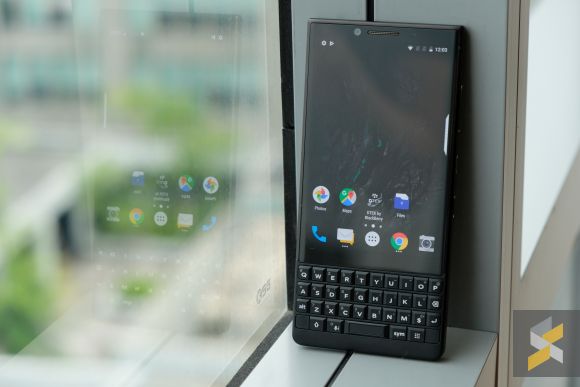
But, for me personally, the worst part was the fact that it had a physical keyboard — and all the limitations that come with it — in the first place.
I felt immensely uncomfortable almost immediately. As a began typing on it, it was almost like my fingers had never typed anything on a phone before. They flubbed around awkwardly on the physical keyboard, trying their best to get the right keys, to adjust to the force required to actually press the key. It was so weird.
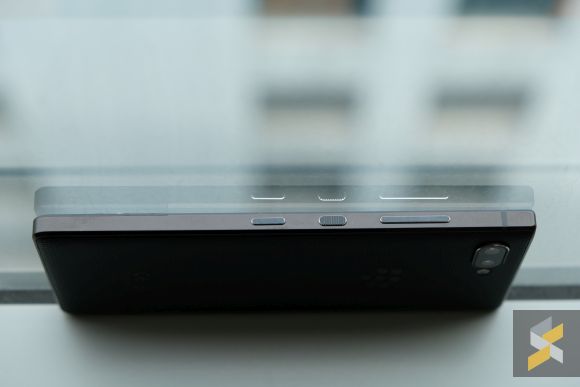
I didn’t realise just how much I was used to using a virtual on-screen keyboard when typing on a smartphone until I used the KEY2. I didn’t realise how little force I applied to each tap on the phone’s display until I had to physically press a key on the KEY2. It was frustrating and foreign because I had to exert so much more effort than I ever had to with an on-screen keyboard.
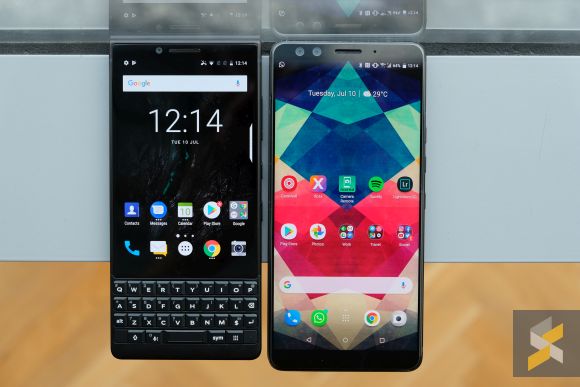
Then you need to consider the drawbacks of having this physical keyboard on a phone too, like the fact that you can only fit a tiny 4.5-inch Full HD IPS display on a phone that’s pretty much the same size as a regular device with a 5.99″ screen. And I don’t even want to think about playing mobile games or doing anything in landscape on this device.
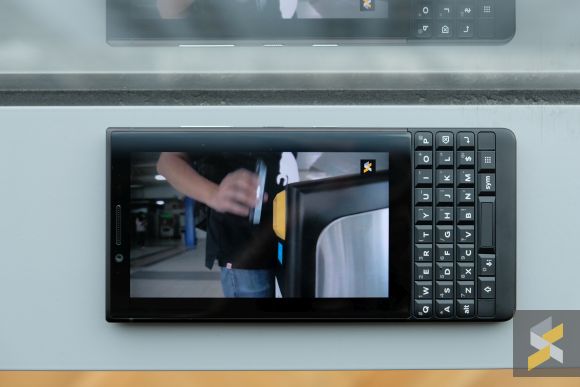
What’s more, you’re also paying a substantial premium for the KEY2. Priced at RM2,599, this is the most expensive smartphone with a Snapdragon 660 processor.
Sure, the rest of the phone isn’t bad. It’s display is crisp with nice viewing angles, the overall performance with 6GB of RAM and 64GB of storage is smooth and the new 12MP dual camera system takes decent images. But you can also get all of that and more for less. Devices like the honor 10 and Nokia 7+ are almost RM1,000 less and can give you the same kind of experience.
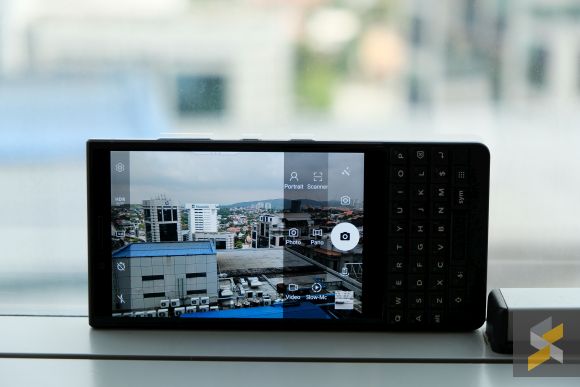
Maybe you could make the case that you’re also paying for BlackBerry’s software enhancements and security features. But, if that’s the case, how were they able to sell the DTEK60 so affordably then?
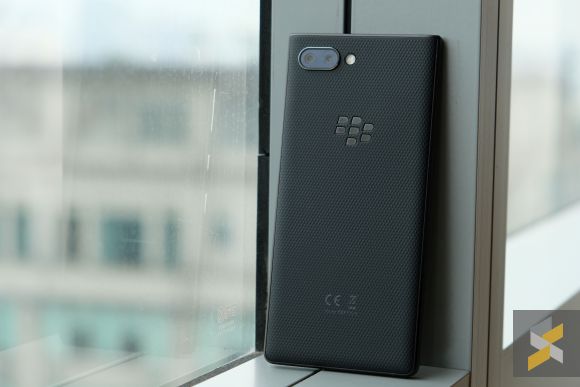
I will give credit to BlackBerry for at least launching the new KEY2 at a lower price than they did with the KEYone, but that was a pretty low bar to clear anyway. For now, I don’t really see how this exorbitant price is justified, especially since my first impressions have left me feeling like the physical keyboard is more hindrance than benefit. Maybe there are other intangibles that I haven’t seen yet from my first hands on with the device. I guess that will have to wait until I get the chance to give this device a full review.
What do you guys think of the BlackBerry KEY2? Let me know in the comments below.
For more details on the phone, check out our announcement post.
EDIT: A previous version of this article stated that the KEY2 didn’t have glide typing because the unit we tested either had it disabled, or it wasn’t working. The article has since been updated and the error is regretted.

